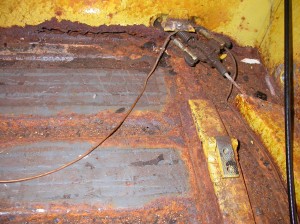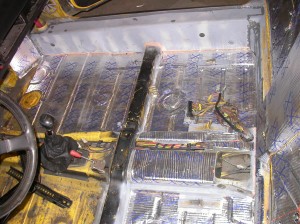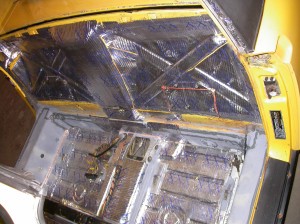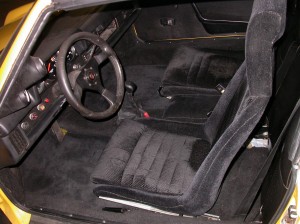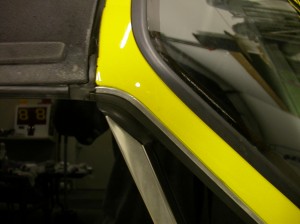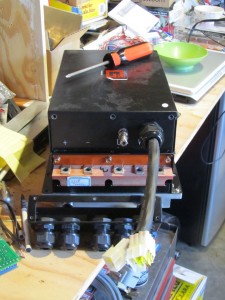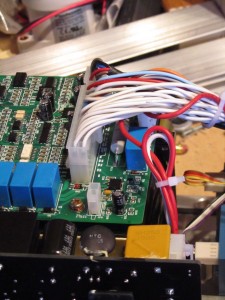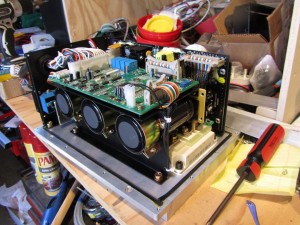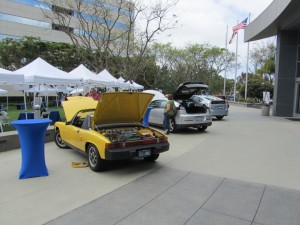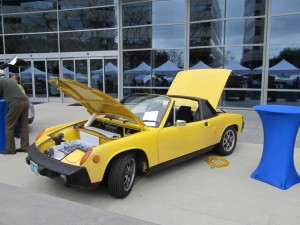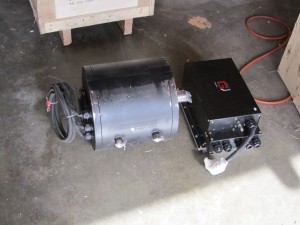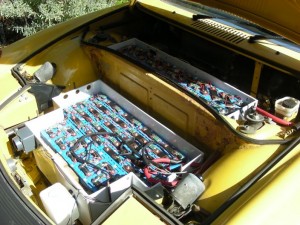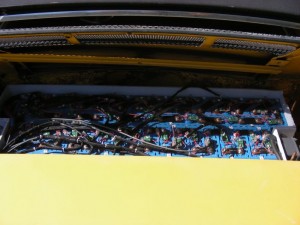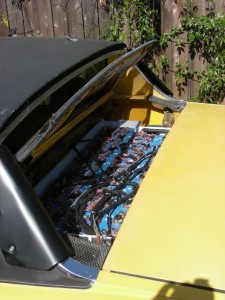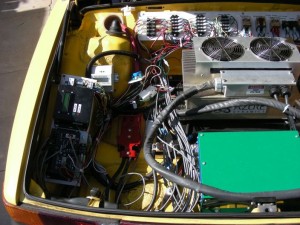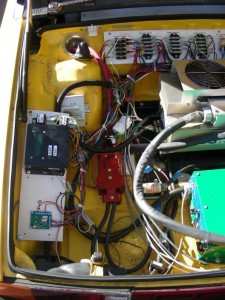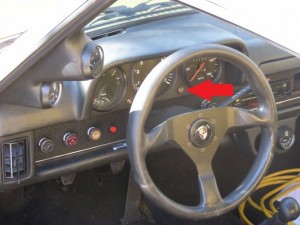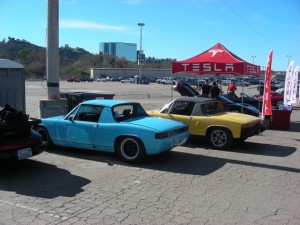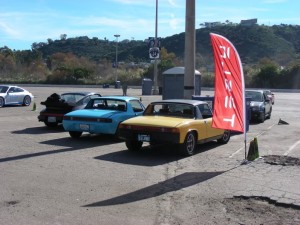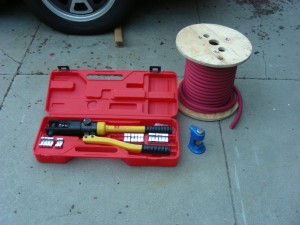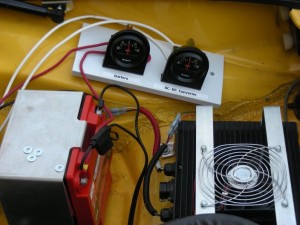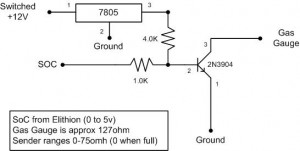Wow. I was going through the email that my friend in Shenzen was forward to me with some translation, and I FINALLY realized that I could also translate using Google. Well. Color me surprised. Yes, it was literally translated properly, but no, it wasn’t correctly translated. So, I’m trying to use Google Translate to do both english and chinese to the factory to make sure I’ve got it all correct with the controller.
For those following the saga at home, the 16-pin connector has a bunch of extra lines out. Those lines out (9-15) are options that can be programmed at the factory – meaning they do nothing for me. Now I just need to figure out how the potbox connects and whether I really need -12 and +12 or just +12 and ground. Details, details. 🙂

